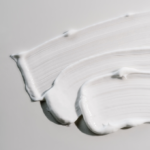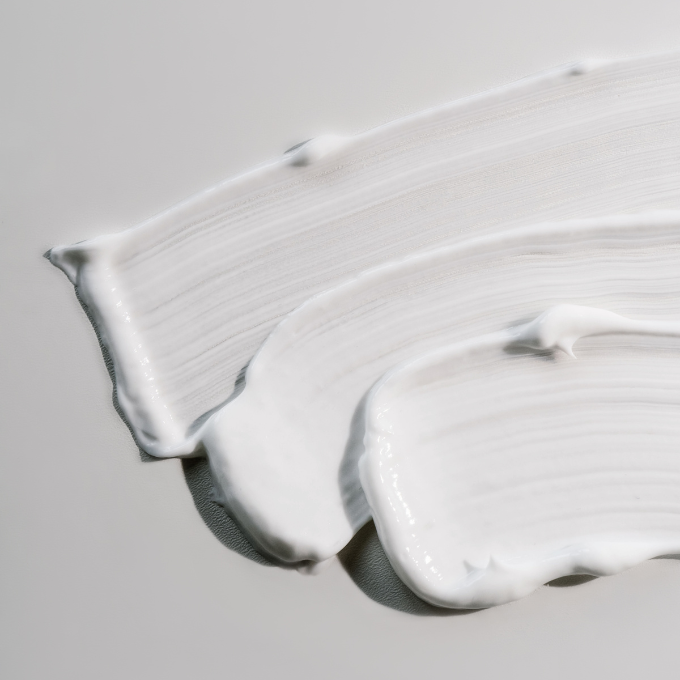You’ve probably heard the phrase “collagen banking” popping up more and more lately, and for good reason. It’s become a bit of a buzzword in the aesthetics and skincare world, but what does it actually mean? Well, imagine your skin has a bank account. Except instead of money, it’s filled with collagen, the protein responsible …
You’ve probably heard the phrase “collagen banking” popping up more and more lately, and for good reason. It’s become a bit of a buzzword in the aesthetics and skincare world, but what does it actually mean?
Well, imagine your skin has a bank account. Except instead of money, it’s filled with collagen, the protein responsible for keeping your skin looking firm, plump, and smooth. Collagen gives your face that youthful bounce, that fresh glow, and the ability to spring back even after years of laughter, sun exposure, and stress.
The idea behind collagen banking is simple: just like a financial savings account, the more you invest early on, the more you have to draw from later. Because once your collagen starts to deplete, and it will, the effects show up as sagging, dullness, fine lines, and loss of structure. However, with the right knowledge, treatments, and skincare, you can start ‘depositing’ into your collagen bank now to help soften the signs of ageing in the years to come.
What Is Collagen and Why Does It Matter?
Collagen is the most abundant protein in the human body, and it’s a fundamental component of the skin. It acts like scaffolding, providing structure, firmness, and resilience. When your collagen levels are healthy, your skin looks hydrated, plump, and smooth.
But unfortunately, collagen doesn’t stick around forever. Starting in our mid-twenties, we lose about 1% of our collagen each year. That might not sound like a lot at first, but it adds up. By the time you reach menopause, you experience an additional 30% drop in collagen, and that’s on top of what’s already been lost.
Think of it this way: if your collagen bank account starts full in your twenties, without making any deposits, by your fifties or sixties that account may be running on empty. That’s when we start to see the common signs of ageing, jowls, fine lines, sagging skin, dryness, and a more hollow or tired appearance.
So, the earlier you start protecting and replenishing your collagen, the better equipped your skin will be to age gracefully, and on your terms.
Why “Banking” Is the Perfect Analogy
Like any bank account, collagen isn’t just about how much you have, it’s also about how you manage it. If you constantly withdraw (through things like sun exposure, smoking, stress, and lack of skincare) without replenishing, your “balance” will drop quickly.
On the other hand, if you start to invest, by using collagen-boosting skincare, adopting a healthy lifestyle, and opting for treatments that stimulate collagen production, you’re topping that account back up. You’re essentially giving your skin the reserve it needs to hold up better over time.
And while nothing can stop the ageing process (and nor should it, you’re meant to age!), smart collagen banking can help you do it in a way that feels fresh, confident, and natural.
What Can You Do to Replenish Collagen?
You don’t need to jump straight into in-clinic treatments to start supporting your collagen levels. In fact, some of the most effective habits for preserving and stimulating collagen start at home with a solid skincare routine. High-quality topical products, used consistently, can help build a foundation for healthier, more resilient skin over time.
One of the most effective ingredients for boosting collagen is retinol (or stronger prescription retinoids). These vitamin A derivatives help to increase cell turnover, stimulate fibroblasts, and promote collagen production deep within the skin. Regular use can lead to smoother texture, reduced fine lines, and a more even tone. It’s important to start slowly if you’re new to retinol, and always pair it with SPF during the day, as your skin may become more photosensitive.
Vitamin C is another powerhouse when it comes to collagen. It protects existing collagen from oxidative stress caused by environmental factors like UV exposure and pollution, while also helping your skin produce more of it. Look for stable, well-formulated vitamin C serums and apply them in the morning for the best antioxidant protection.
In addition to retinoids and antioxidants, ingredients like peptides and growth factors can further support your skin’s natural regeneration processes. Peptides act as messengers that signal the skin to repair itself, encouraging collagen synthesis and helping to restore firmness and elasticity. Growth factors, whether from your own plasma or formulated into advanced skincare, provide similar benefits by enhancing cellular turnover and regeneration.
It’s also essential to maintain a well-hydrated skin barrier. Ingredients such as hyaluronic acid don’t directly stimulate collagen, but they play a vital role in keeping the skin healthy and supple. A hydrated skin barrier is more resilient and better able to support internal functions like collagen production. As always, consistency is key, results take time, but a well-chosen routine, used daily, will always deliver more than a reactive approach.
Once your skin is primed with good habits, in-clinic energy-based treatments can take collagen stimulation to the next level. These treatments go deeper than topicals, activating your body’s natural regenerative response at the dermal level, where collagen is actually made.
Radiofrequency (RF) treatments are a proven way to stimulate collagen production through gentle heat. Devices like EndyMed deliver RF energy into the skin’s deeper layers, triggering fibroblasts to produce new collagen while also tightening existing fibres. It’s particularly effective for improving skin laxity, especially along the jawline, cheeks, and neck. Over time, skin appears firmer, tighter, and more contoured.
Microneedling, also known as collagen induction therapy, is another effective option. By creating controlled micro-injuries in the skin, it kickstarts your body’s healing response, including new collagen formation. When paired with advanced serums such as polynucleotides or growth factors, the treatment becomes even more powerful. These actives can penetrate more deeply through the micro-channels created by the needles, enhancing the skin’s repair and regeneration capabilities. Microneedling is excellent for softening fine lines, improving texture, reducing the appearance of scarring, and restoring luminosity.
Then we have injectables that actively stimulate collagen, which are often overlooked in favour of volume-based fillers. However, certain injectable treatments work not by adding structure, but by improving the quality of your skin from the inside out.
Profhilo is a standout here. Known as an injectable moisturiser, it doesn’t change your facial contours but instead spreads through the skin to provide deep hydration while stimulating the production of collagen and elastin. It’s perfect for restoring bounce and glow to dull or crepey skin.
Polynucleotides are another innovative option. These DNA-based treatments support skin healing and cellular function, encouraging collagen production and improving elasticity. They’re especially helpful for fragile or compromised skin and offer gentle, natural-looking rejuvenation.
There are also biostimulatory fillers, such as Radiesse or Sculptra, that are specifically designed to trigger collagen synthesis. Rather than simply filling lines, they work gradually over time to rebuild the skin’s internal framework, leaving it firmer, stronger, and more youthful in appearance.
The beauty of these options is that they support your skin rather than mask it. When chosen carefully and performed by someone with experience, collagen-stimulating injectables can provide subtle yet significant improvements, giving your skin a refreshed, healthy appearance without altering your natural features.
Ultimately, collagen replenishment is about more than just a single treatment or product, it’s a multi-layered approach that combines daily care, clinical expertise, and long-term commitment. Whether you’re starting small with skincare or considering advanced treatments, the key is to choose what aligns with your skin’s current condition, your goals, and your lifestyle.
Final Thoughts: Embrace Ageing, But Invest Wisely
Ageing is a natural part of life. While changes like fine lines or loss of volume are completely normal, there’s nothing wrong with wanting to soften them. It’s not about reversing time, it’s about feeling like yourself, with a little extra support along the way.
Collagen banking is about taking care of your future self. Think of it as a kindness to the skin you haven’t met yet. By starting early (or even now, it’s never too late), you’re preserving what you have, encouraging renewal, and keeping that collagen “bank account” from hitting zero.
Whether it’s good skincare, advanced treatments, or a mix of both, your future face will thank you for every smart deposit you make today.








